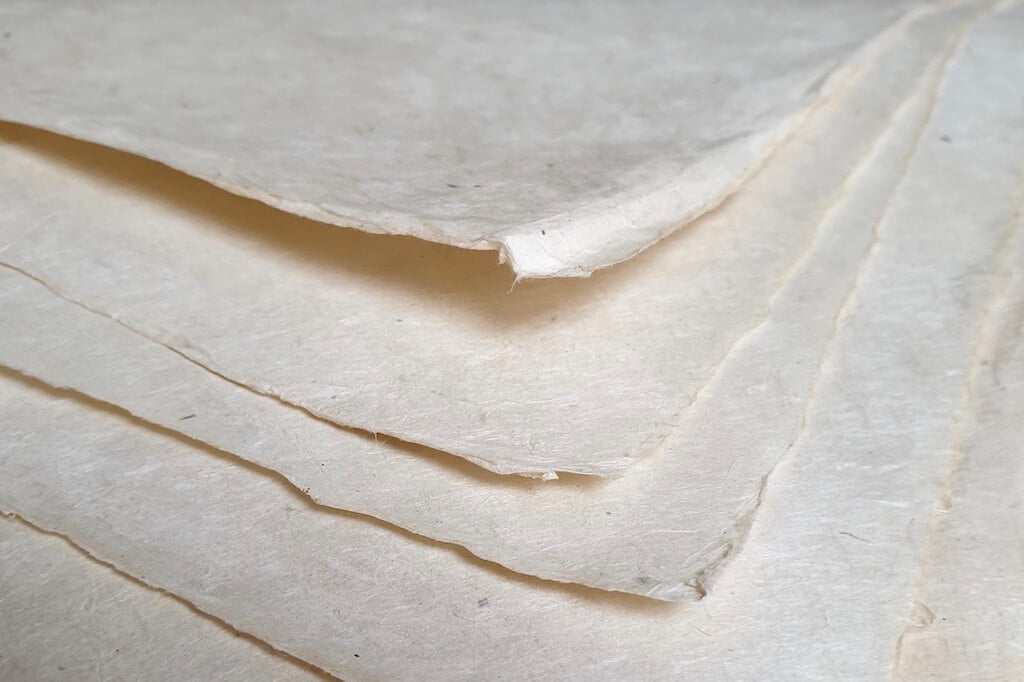
Lokta paper
Lokta paper is handmade in Nepal from the fibrous inner bark of the Daphne plant (Daphne Bholua and Daphne Papyracea), also known as Lokta bush. Lokta paper’s durability and resistance to tearing, humidity, insects and mildew have traditionally made lokta paper the preferred choice for official government records and sacred religious texts. Once produced, Lokta paper can last for several millennia (ca. 2000–3500 years).
One of my favorite types of paper. It’s unique look and feel makes it ideal for origami, lampshades and other crafts, and it comes in a large variety of thicknesses, colors and prints.
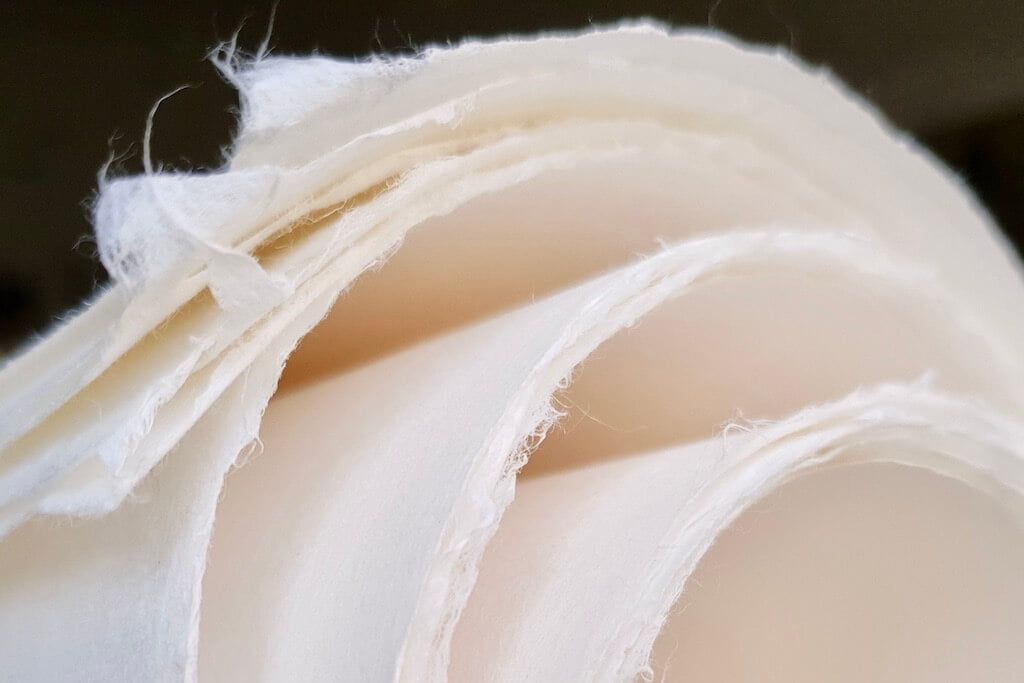
Kōzogami
Kōzogami, also known as Kōzo Washi is made using fibers from the inner bark of the paper mulberry (kōzo) bush and is the most widely made type of washi (handmade Japanese paper). It has a toughness closer to cloth than to ordinary paper and is used for a large variety of applications such as book binding, painting, origami and interior design.
I highly recommend watching the manufacturing process of washi paper, of which there are several videos on Youtube.
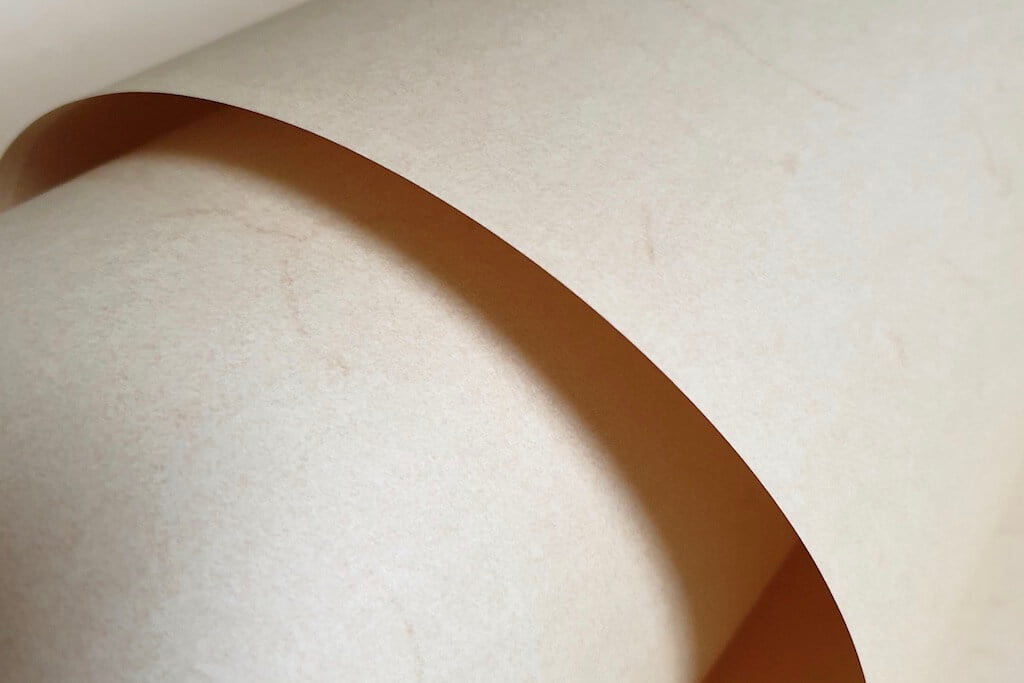
Elephant Hide
Elephant Hide is made in Germany by the Zanders Mill. It is smooth, unusually durable and scratch resistant. This paper is tough to fold but performs excellently for wet folded origami models.
This beautiful and unique paper is really a joy to work with. It’s slightly water resistant surface allows for some interesting coloring results when using a mixture of water and inks.
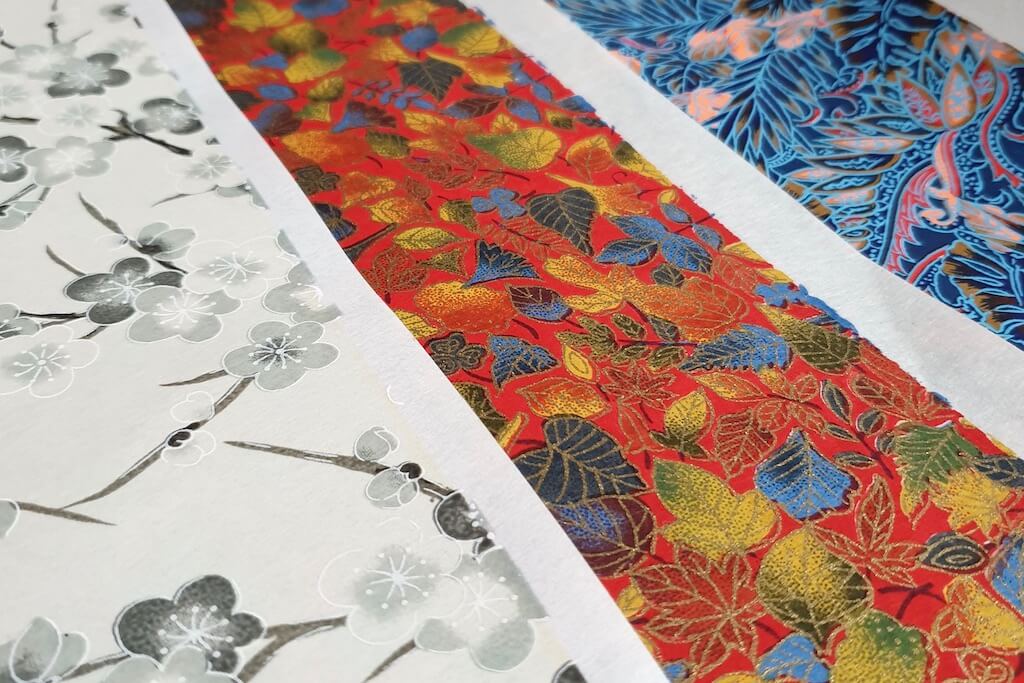
Chiyogami
Chiyogami is a combination of the Japanese words chiyo (one thousand generations) and kami (paper). It refers to Japanese hand-screened decorative kōzo washi consisting of repetitive patterns. Originally the design was applied to handmade kōzo paper with wood blocks, but today most chiyogami is produced with silkscreen techniques. The paper is thin, strong and has vibrant patterns and colours. Perfect for timeless origami.
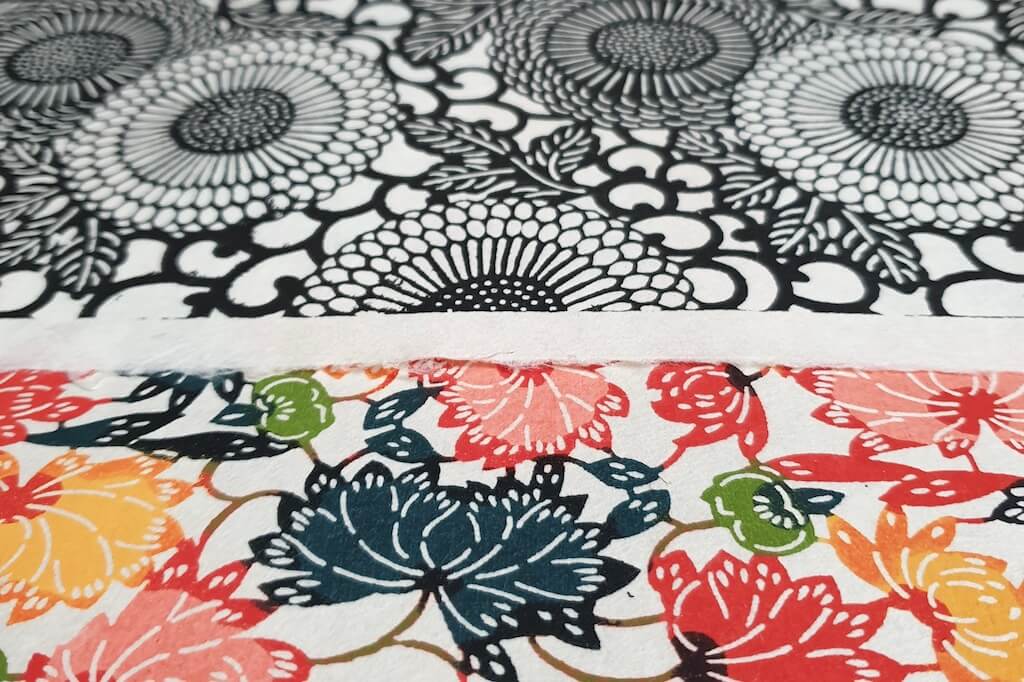
Katazome-shi
Katazome-shi means stencil-dyed paper.
Based on traditional kimono-printing processes, kōzo washi is coloured using a combination of stenciling and resist dyeing. Making katazome-shi is, like chiyogami, a labourous and skill demanding job, but the result is among the finest of papers. The strength and beauty of this paper makes it great for origami plus a variety of creative applications.